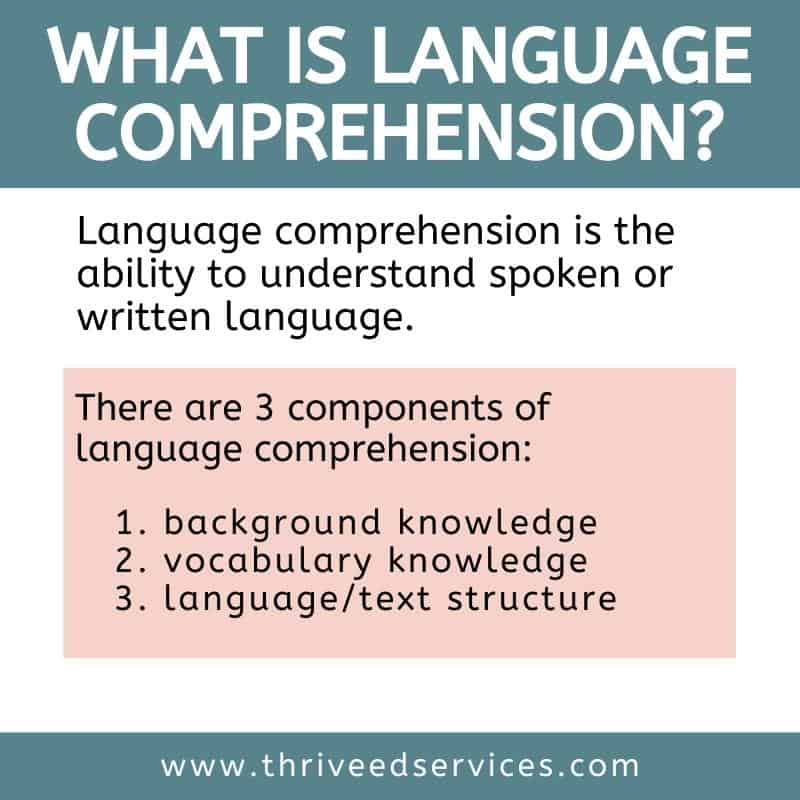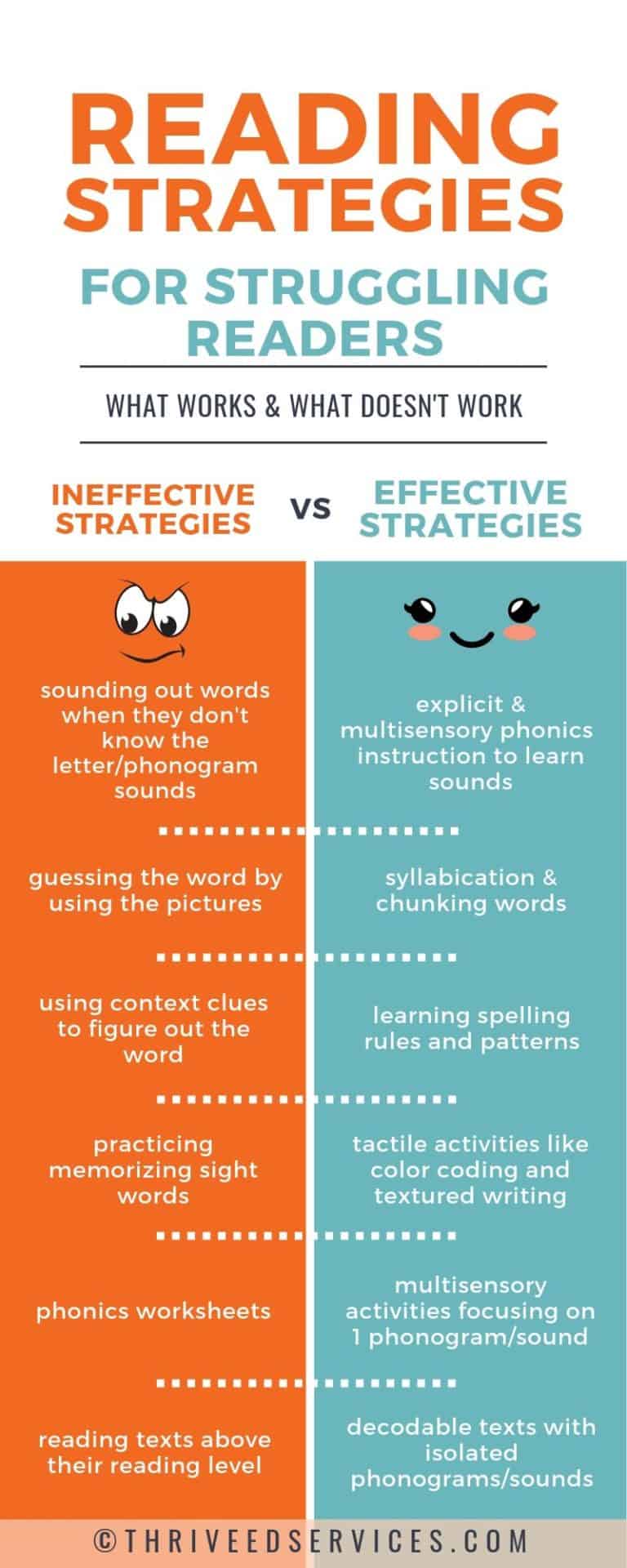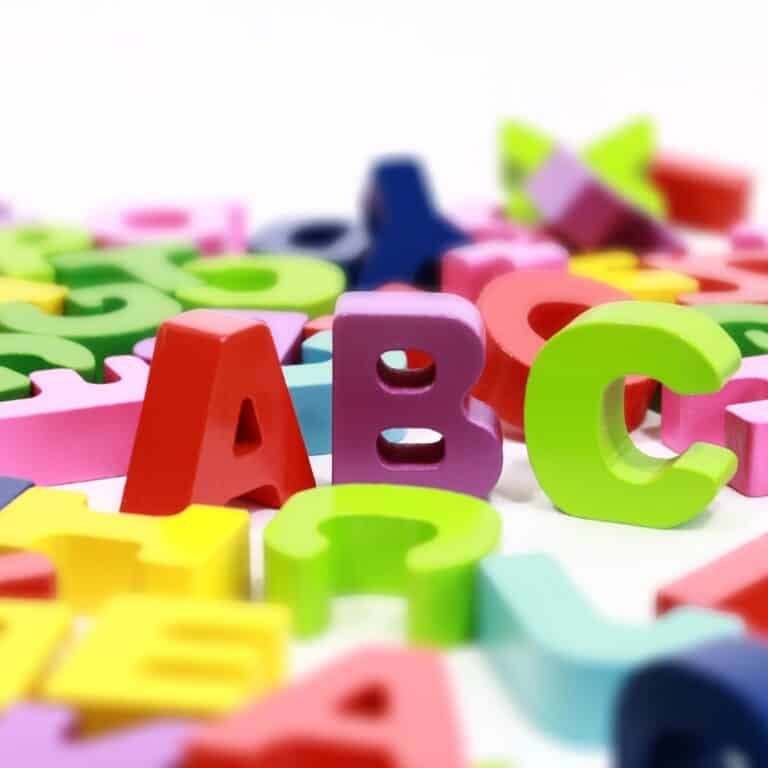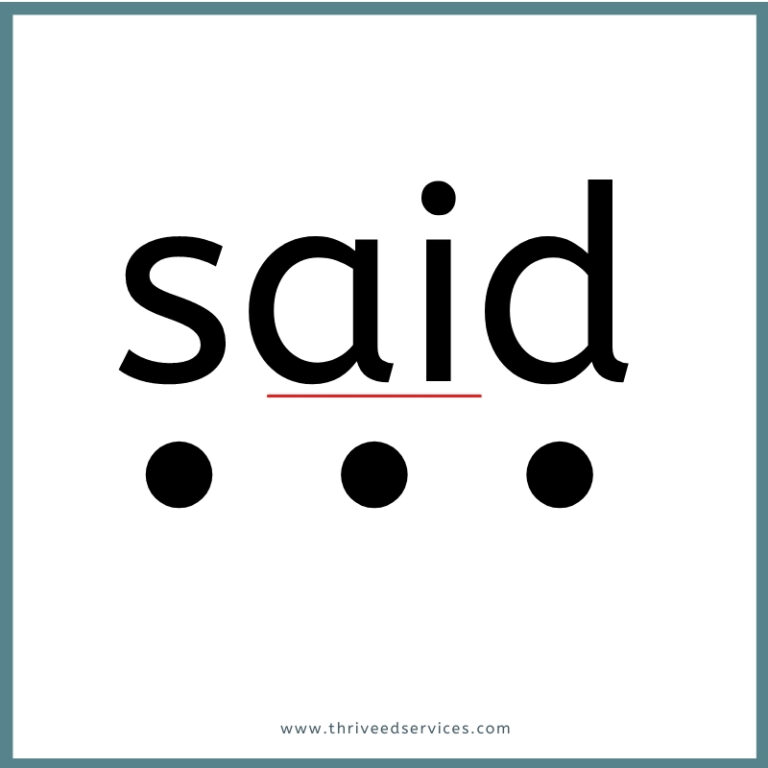All About Language Comprehension + Freebies!
This post may contain affiliate links, and I will earn a commission if you purchase through these links. Please read the disclosure policy for more details.
What do you think of when you hear the word “comprehension”? Many people might think of reading comprehension, which is definitely an important aspect of literacy.
But what about language comprehension? This term can encompass a lot – listening comprehension, speaking comprehension, and reading comprehension.
In this post, we’ll explore language comprehension and offer some tips for boosting your students’ skills.
Grab 12 FREE phonics word lists & anchor charts by subscribing to my list!
*Most school spam filters block my emails, so please use a personal email.

What is language comprehension?
Language comprehension is the ability to understand spoken or written language. It is a complex process that involves several cognitive skills, such as attention, memory, and processing speed. It’s a fundamental component of reading comprehension.
Language comprehension is also sometimes called oral language comprehension, receptive language, or listening comprehension. These all mean the same thing.
There are 3 components of language comprehension:
1. background knowledge
2. vocabulary knowledge
3. language/text structure

Why is language comprehension important for reading?
In order to have reading comprehension, we must be able to decode words and have language comprehension. These work together to lead to reading comprehension. You can’t have one without the other.
This is all based on the Simple View of Reading, which I have talked about in the science of reading guide. You can see how we need language comprehension along with word recognition to achieve skilled reading in the Scarborough’s Reading Rope below. Scarborough details even more skills needed for language comprehension than the Simple View of Reading.

Language comprehension is what allows us to understand what others are saying and the words we are reading. We can follow directions, have conversations, interact with others in public, and read to learn. All of these things require language comprehension skills.
If a student can read the sentence ‘The grub on the floor enticed the dog’ but doesn’t know what the words ‘grub’ or ‘enticed’ mean, then they cannot comprehend the text.
Another example is the phrase ‘It’s raining cats and dogs.’ Without language comprehension, a reader or listener might interpret this literally and be confused.
And a more complex example is a student from Cuba reading a story about a snowstorm. This student probably has little background knowledge on snowstorms and may not comprehend the text.
This becomes a problem in upper grades when students may not have enough knowledge to understand science texts.

When does language comprehension develop?
Language comprehension begins to develop in infancy and continues to develop throughout the lifespan. It is a skill that is acquired through exposure to language.
Babies start to develop language comprehension skills when they begin to babble. They learn the sounds of their language and how to put them together to form words.
As they listen to their caregivers speak, they start to understand the meaning of words and how they are used. They also learn about the rules of grammar. All of these things help babies develop language comprehension skills.
By the time they are toddlers, most children have a pretty good understanding of their language. They can follow simple directions, understand basic concepts, and carry on short conversations.
As they continue to grow and learn, their language comprehension skills will continue to develop. They will learn new words, become better at understanding complex concepts, and be able to carry on more sophisticated conversations.

How do you develop language comprehension?
Language comprehension develops naturally through exposure to language and information, but there are some strategies that can help address this area.
The good thing here is that these are all the same strategies that help with reading comprehension, so you are probably already working on these anyway.
Vocabulary Instruction
We already know that vocabulary instruction is important for reading comprehension, but it is also important for language comprehension.
One way to increase vocabulary knowledge is through the use of Tier 2 and Tier 3 words. These are words that are not as common in everyday conversation but are often found in texts.
Modeling the use of these words and providing opportunities for students to practice using them will help them become more familiar with them.
Another way to increase vocabulary knowledge is through the use of synonyms and antonyms. Teaching students about these words will help them understand the meaning of words in a text.
Read alouds are a great way to expose students to more words and build their vocabulary.

Build & Activate Background Knowledge
Background knowledge can only be increased by exposure to content, either through reading, listening, or watching.
Again, read alouds work really well here to develop background knowledge. Students are exposed to more complex ideas and a variety of topics through read alouds.
You can also use graphic organizers to help students organize and store information. KWL charts are a really popular way to activate background knowledge and organize information.
Encourage students to make connections to their previous experiences and related knowledge of the topic. And of course, introduce and discuss new information, connecting it to what students already know
Literacy Knowledge
Genres, text structure, and language features such as signal words all help to increase language comprehension.
Teach students the different literary genres and their text structures. If a student knows when they see or hear the words “once upon a time” that it will be a story, it helps them understand the information and know that it’s not a non-fiction passage.
Semantic Conventions
Semantics is the study of meaning in language. This can include teaching about vocabulary, word meanings, and figurative language.
Teach students about idioms, metaphors, similes, slang, and humor explicitly.
Students will be exposed to these in discussions, readings, and watching videos. Having an understanding of these will help them understand the content.
Morphology
Learning about word parts, such as prefixes, suffixes, and Greek and Latin roots will help students derive meaning from more words. This is an important area that can especially help students in the sciences since many words they’ll encounter have Greek and Latin roots.
Syntax & Sentence Structures
Grammar instruction usually covers this area.
Syntax is the study of the rules that govern how words are put together to form phrases and sentences. This can include teaching about sentence structure and grammar.
Understanding the order of words in a sentence, and the correct tense is important for language comprehension.
Bottom Line
It’s clear that language comprehension is a complex process that involves several cognitive skills. However, by providing students with vocabulary instruction, building background knowledge, teaching semantics and syntax, and morphology instruction, educators can help students develop the necessary skills to comprehend what they read.








